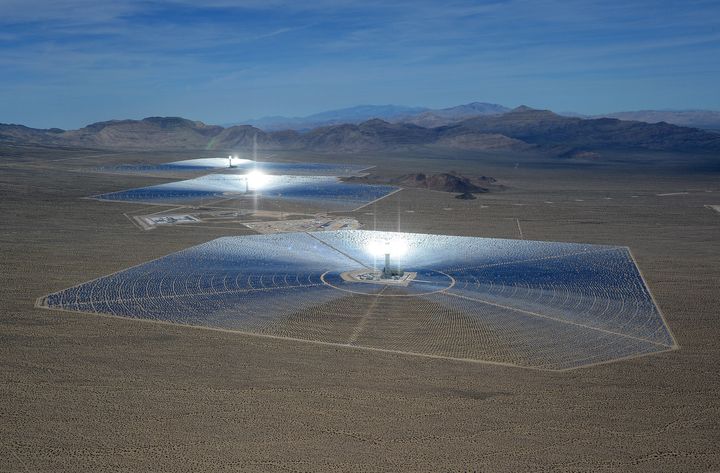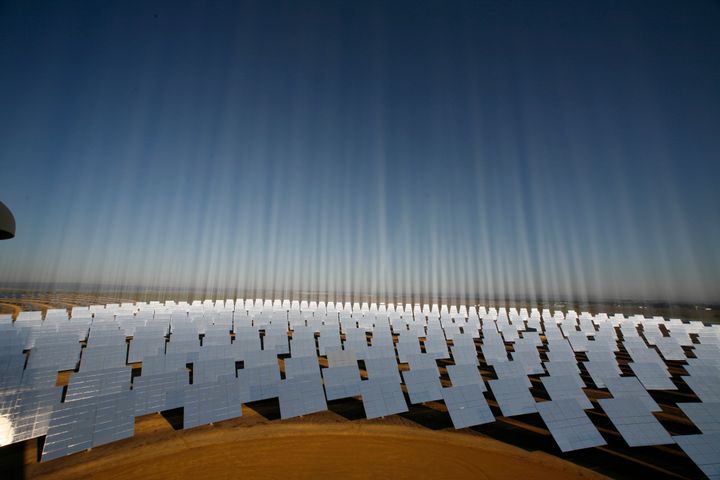The South Australian state government has approved the construction of what will be the world’s largest solar thermal plant.
Capable of generating a staggering 150 megawatts, the vast renewable energy plant will be capable of producing electricity on demand for the entire South Australian government with plenty left over to spare.

It’s a significant step for the technology which has already seen huge uptake in the US, Africa and the Middle East.
Solar thermal plants are fundamentally different to the solar panels we saw Elon Musk unveiling earlier this year.
Rather than directly converting the Sun’s light into electricity, the sun’s light is reflected and focused using thousands of mirrors.
Acting like a giant magnifying glass, the mirrors then heat a central boiler, evaporating the water which then creates steam and in turn drives a conventional turbine.

What makes solar thermal so useful however is that it can also store energy in the form of heating molten salt.
Using this method a solar thermal plant can continue to provide full power for an impressive 8 hours after the sun has gone down, effectively giving energy providers a completely on-demand form of electricity.
The project isn’t cheap, which is why the Australian government is agreeing to subsidise it with a whopping $110 million loan.
The hope is that as the industry becomes more accustomed to rolling out these projects at scale the costs will inevitably fall as they have in the other areas of renewable technology such as wind or solar.
Australia recently announced that it would also be investing in another major renewable project with Tesla.
The project involves building the world’s largest battery farm, capable of storing 100MW and providing electricity for over 300,000 homes.
CEO Elon Musk confirmed that his company had won the “historic” deal in Adelaide on Friday, to be paired with renewable provider Neoen’s Hornsdale Wind Farm, near Jamestown.

